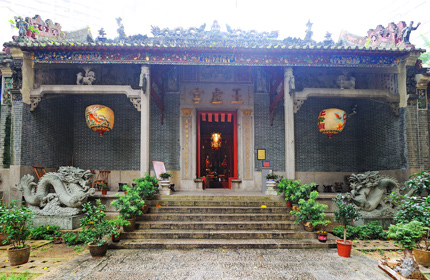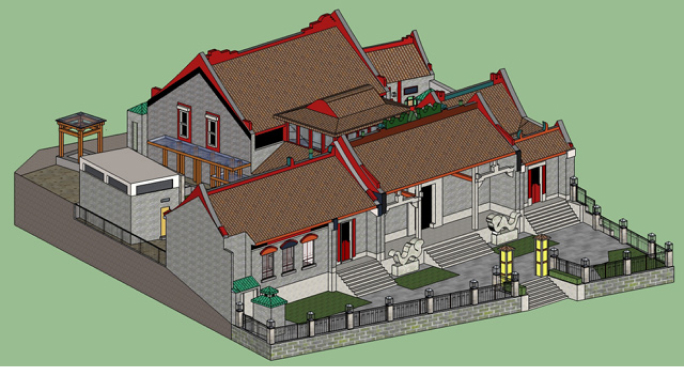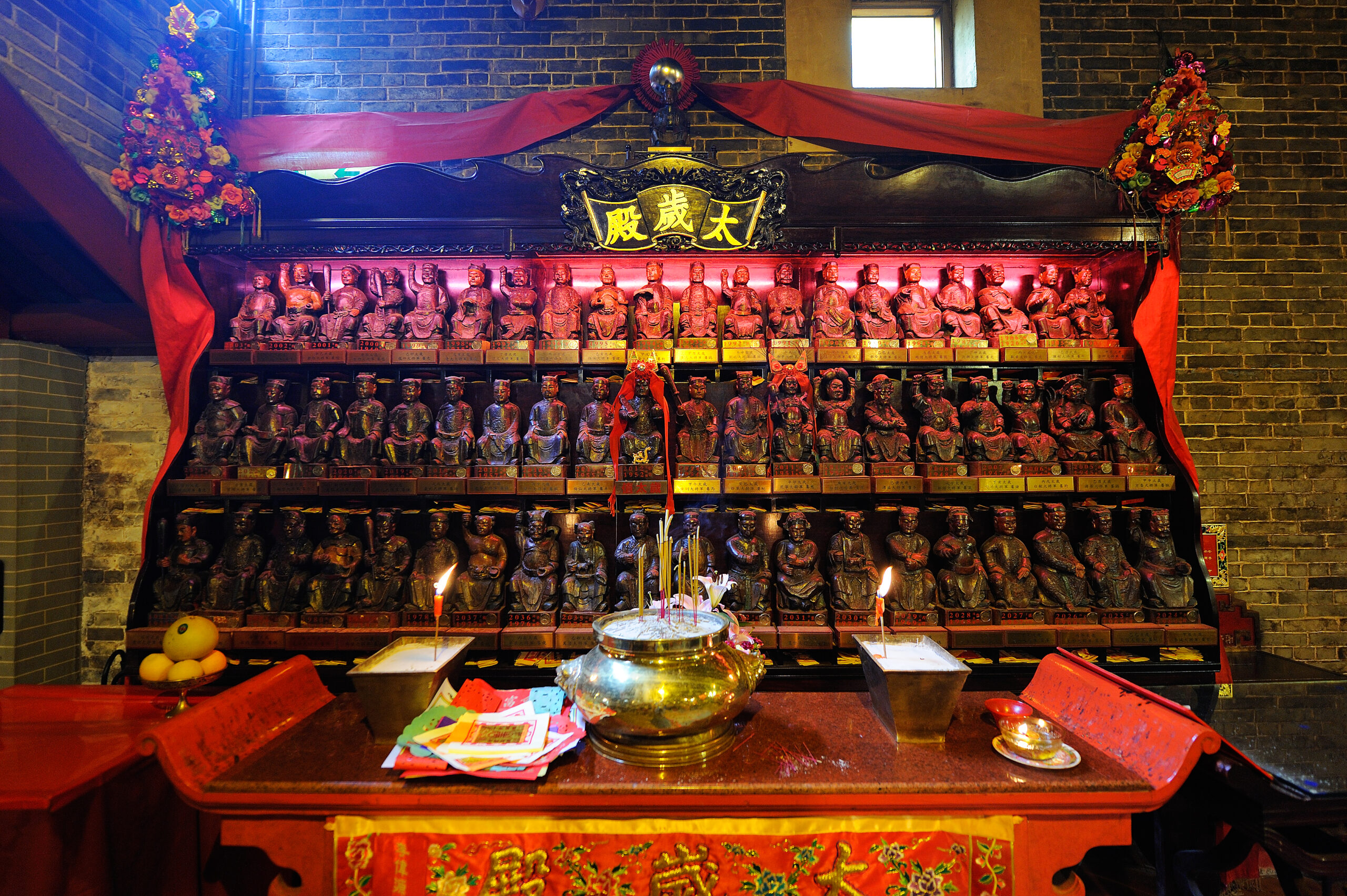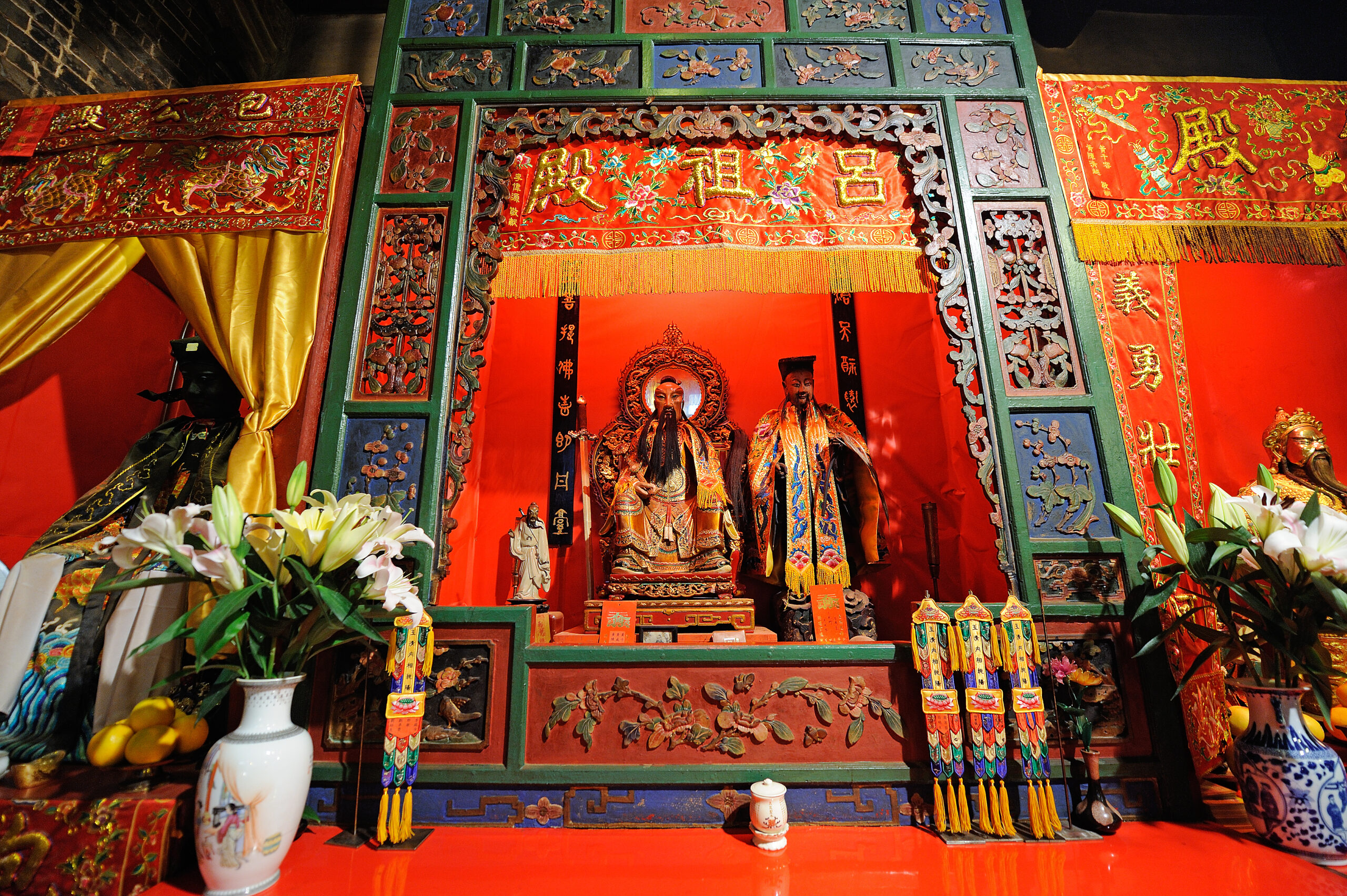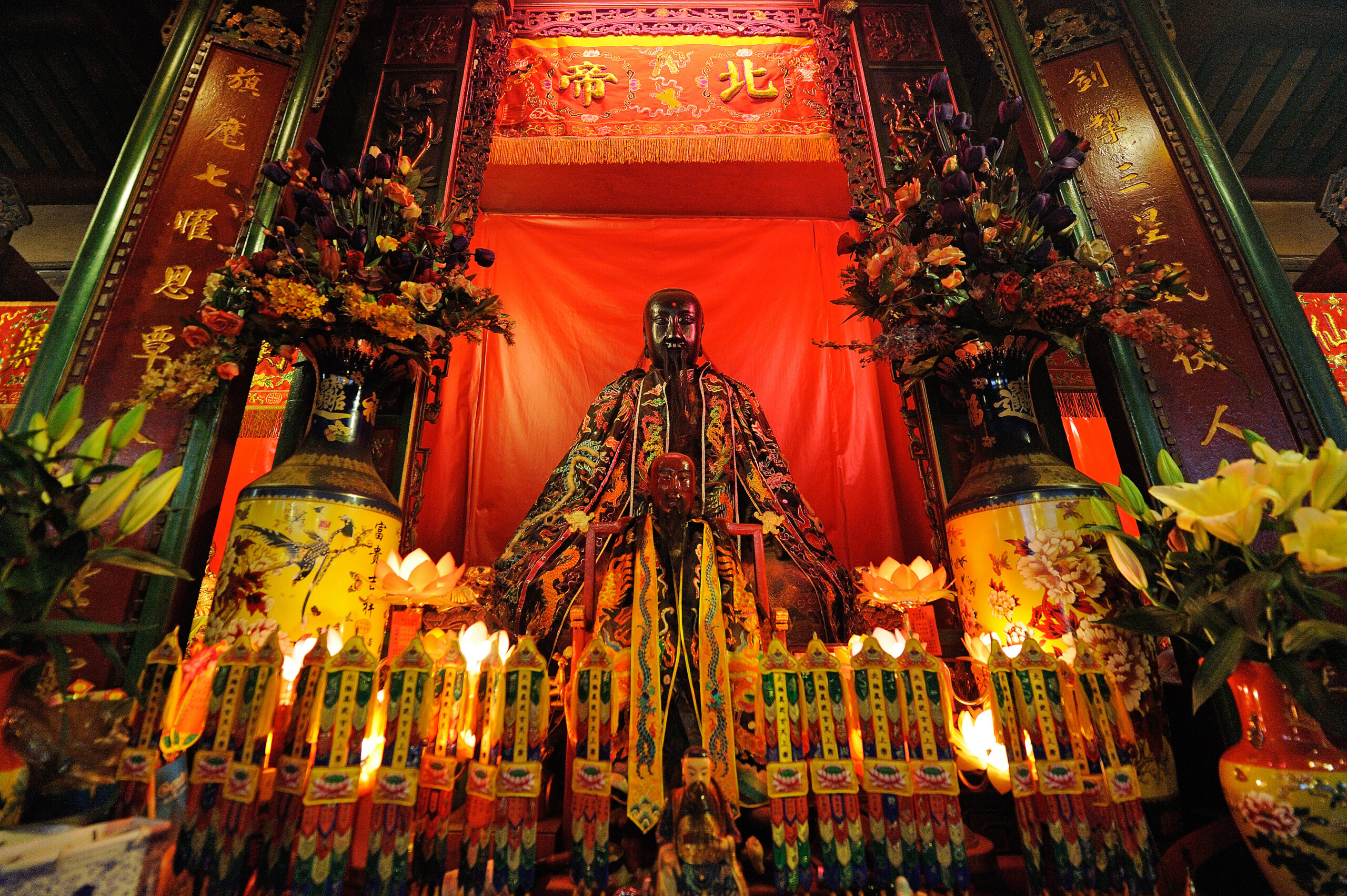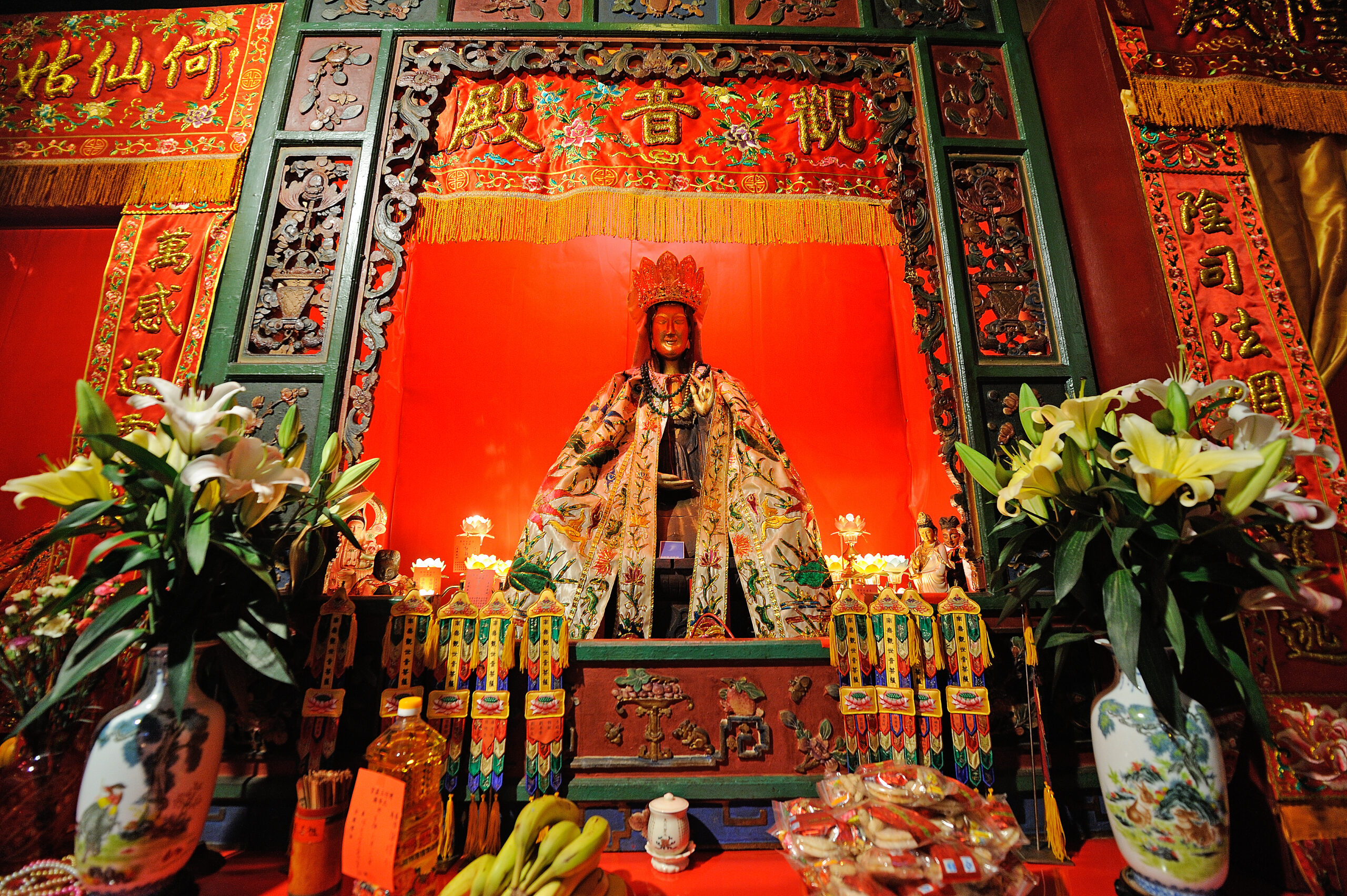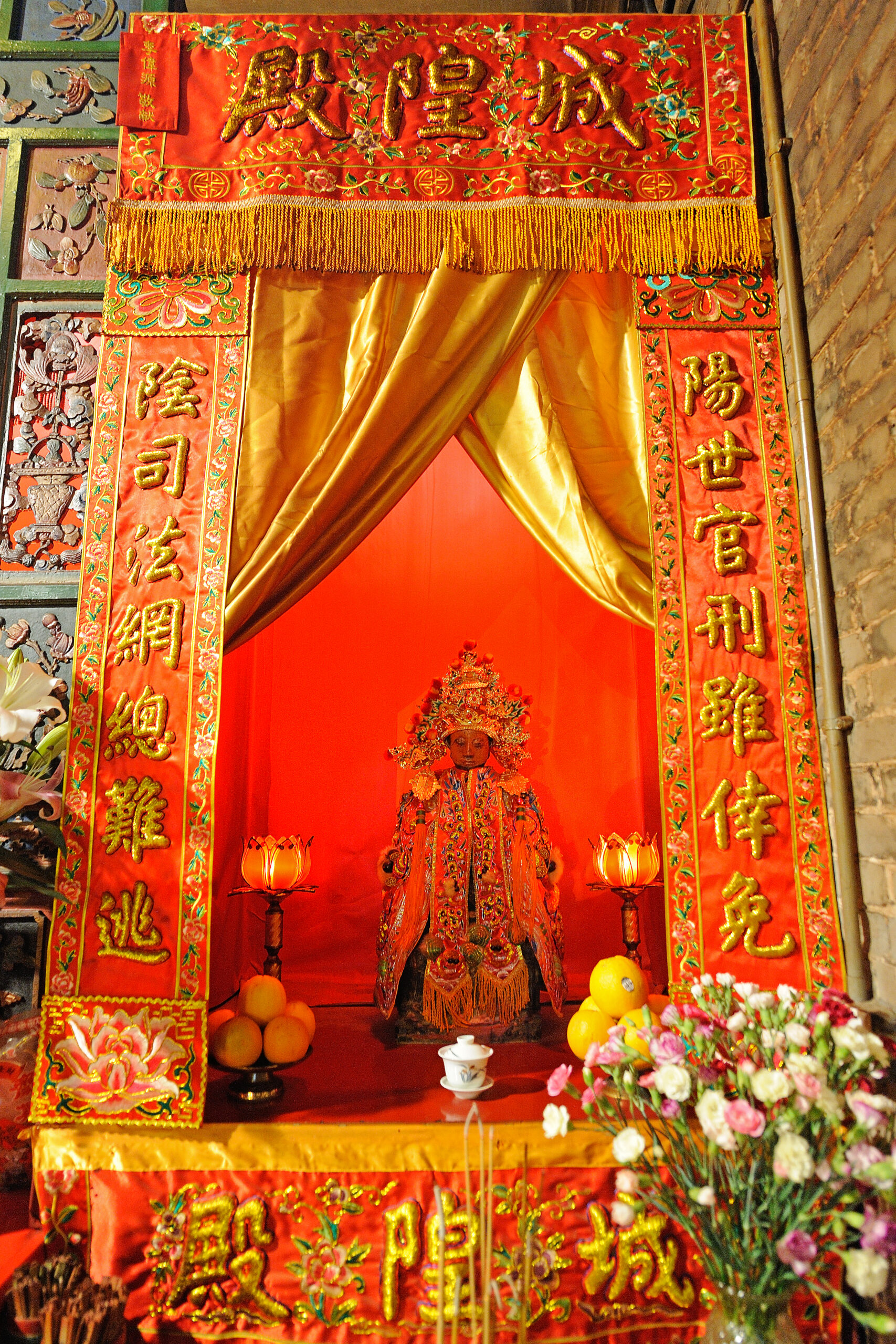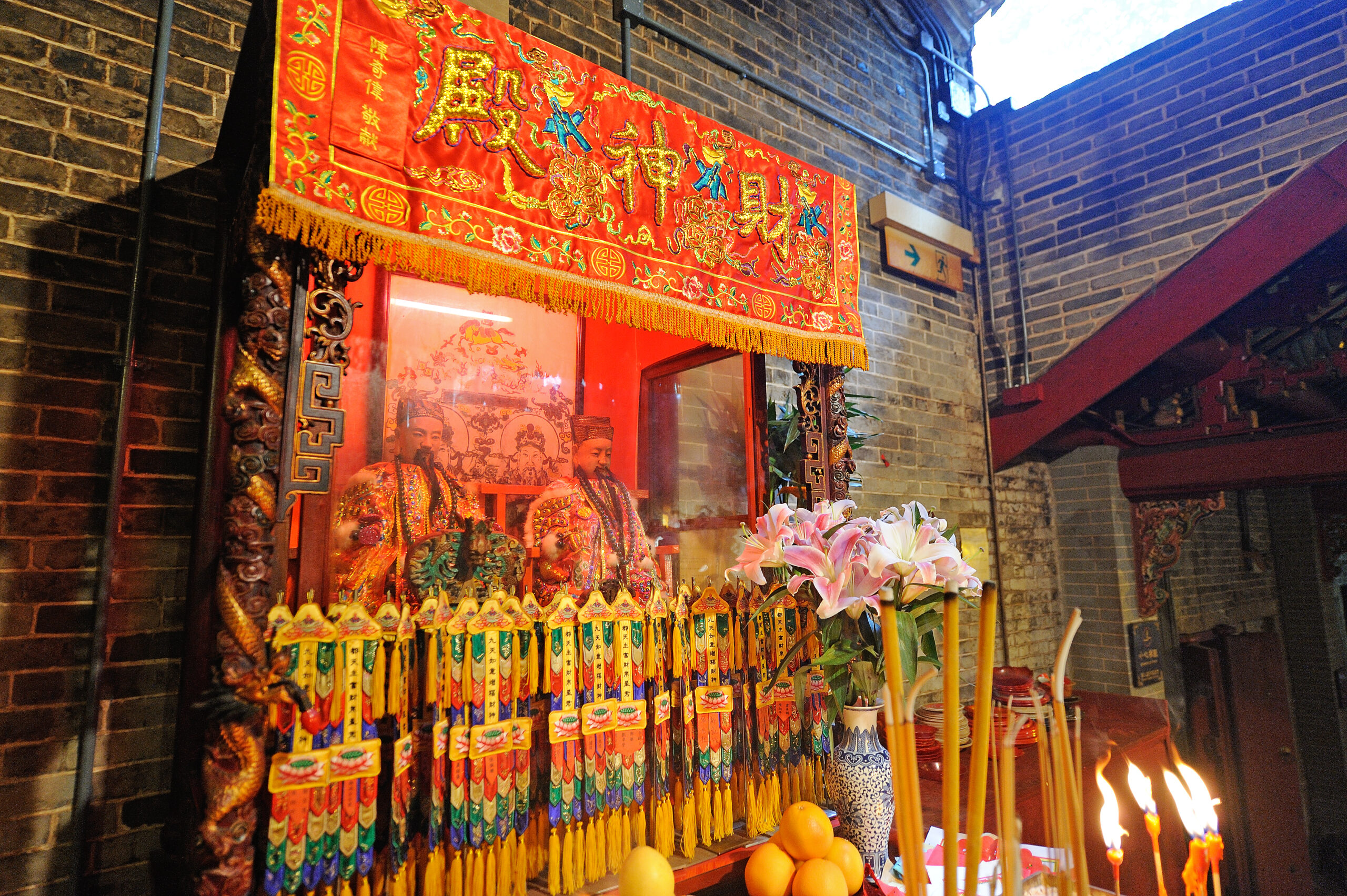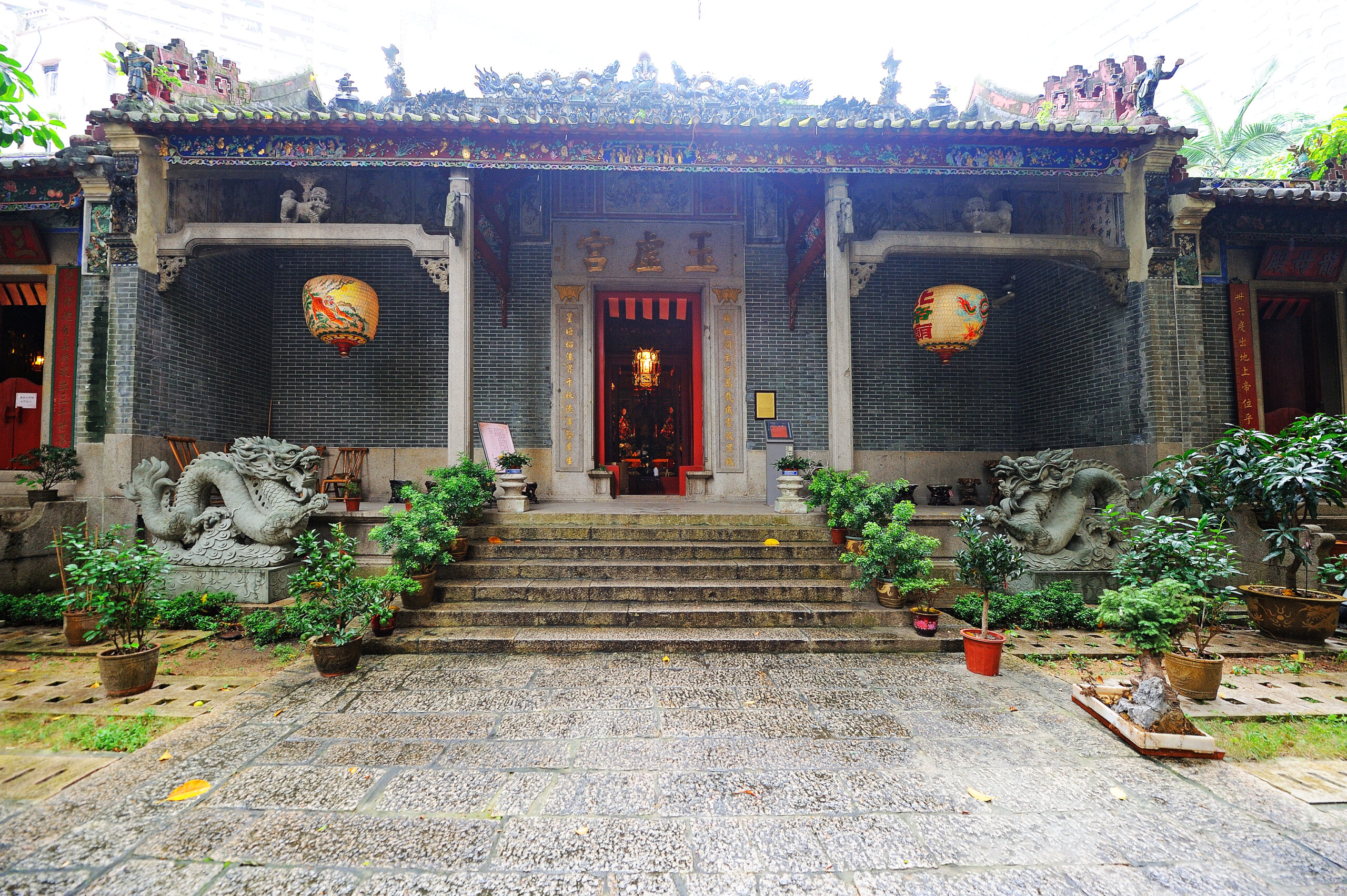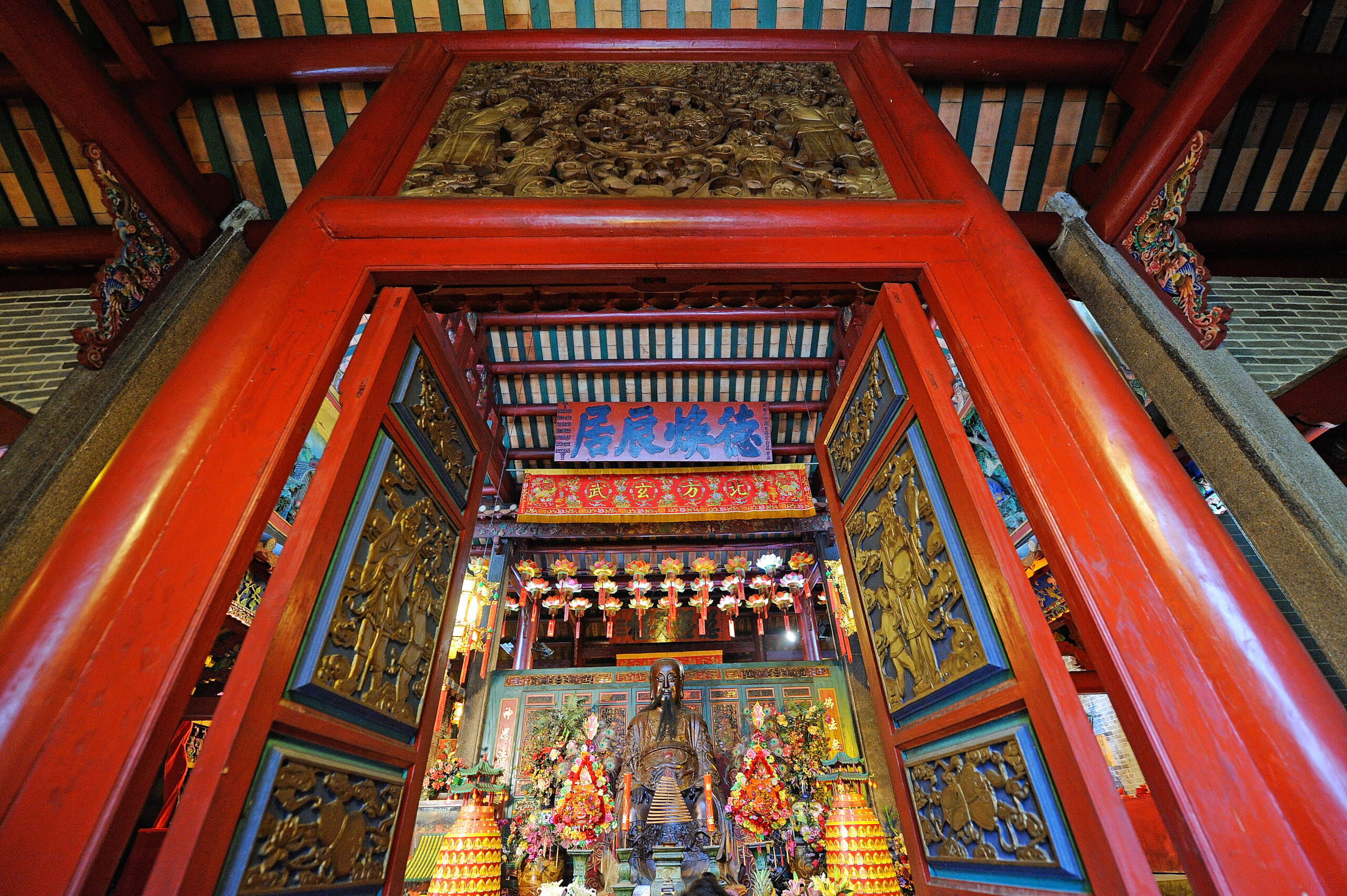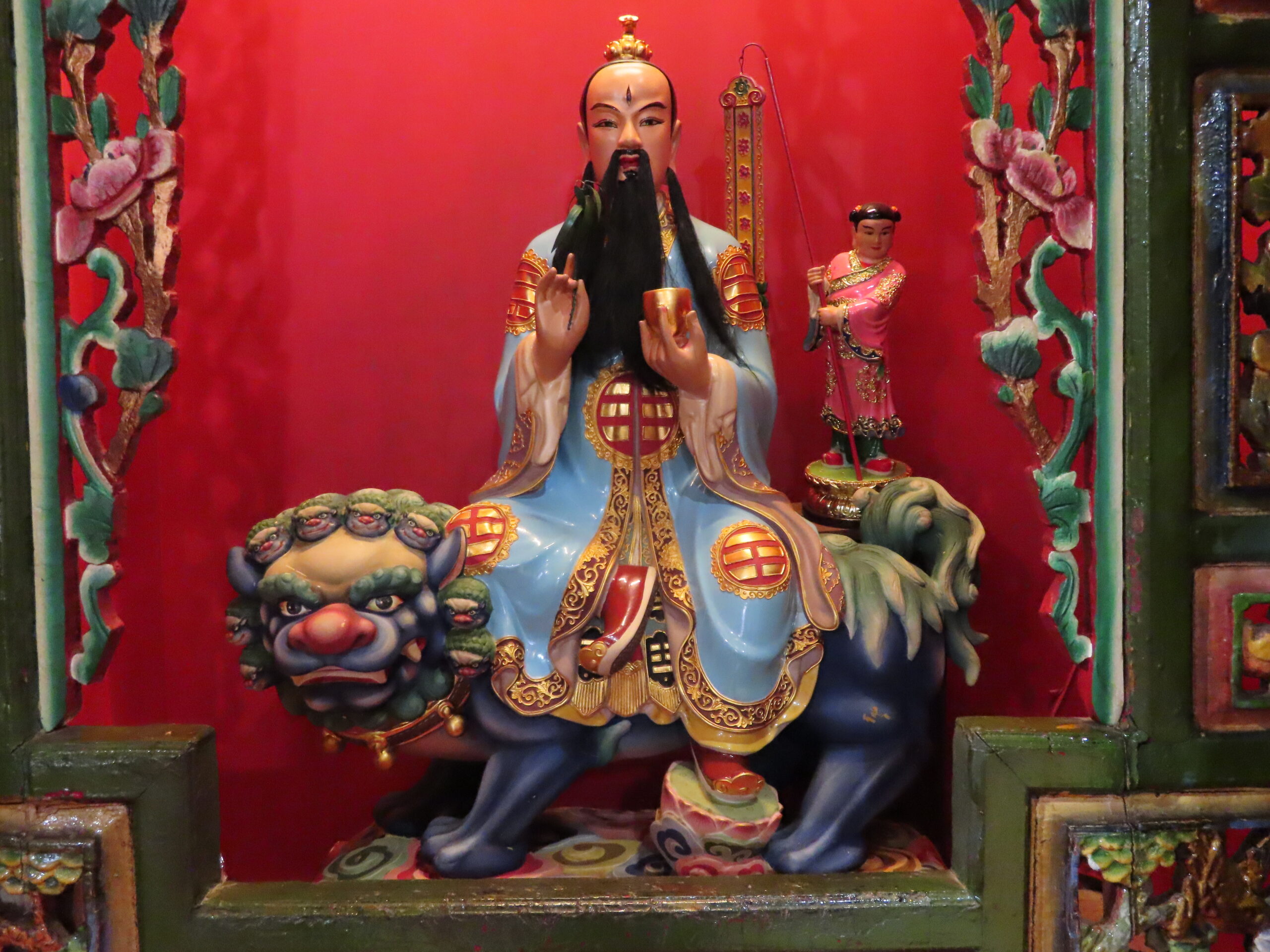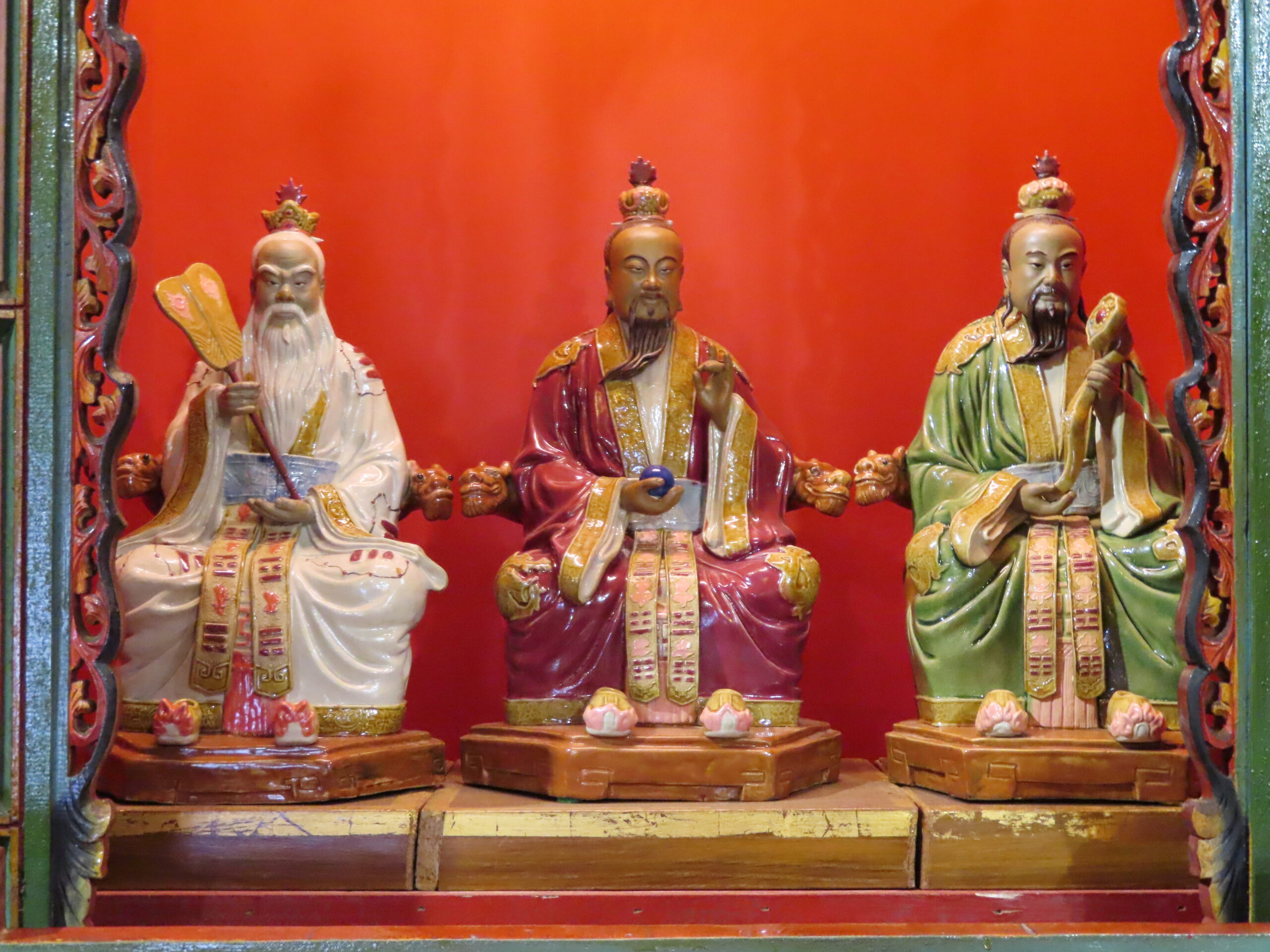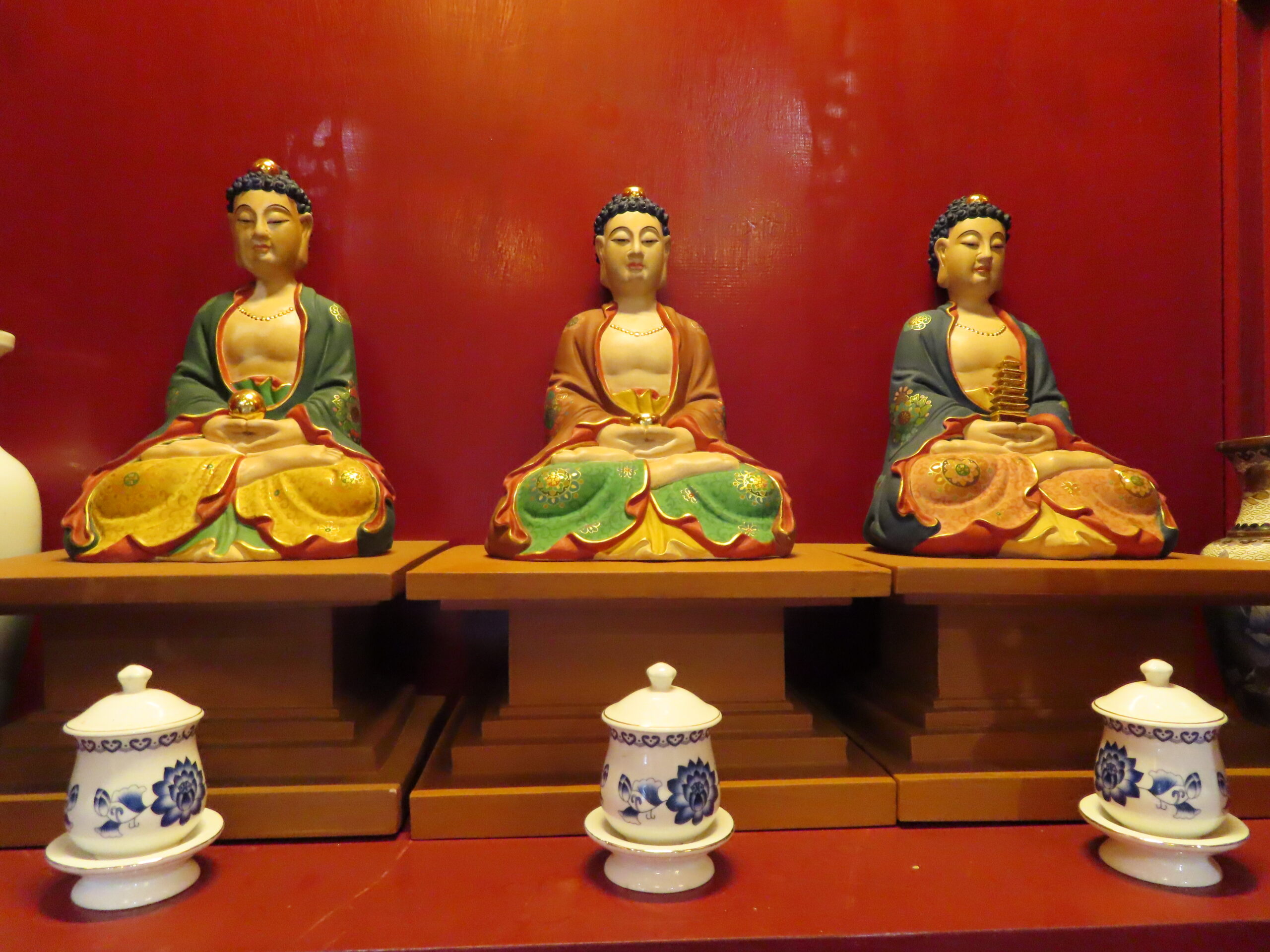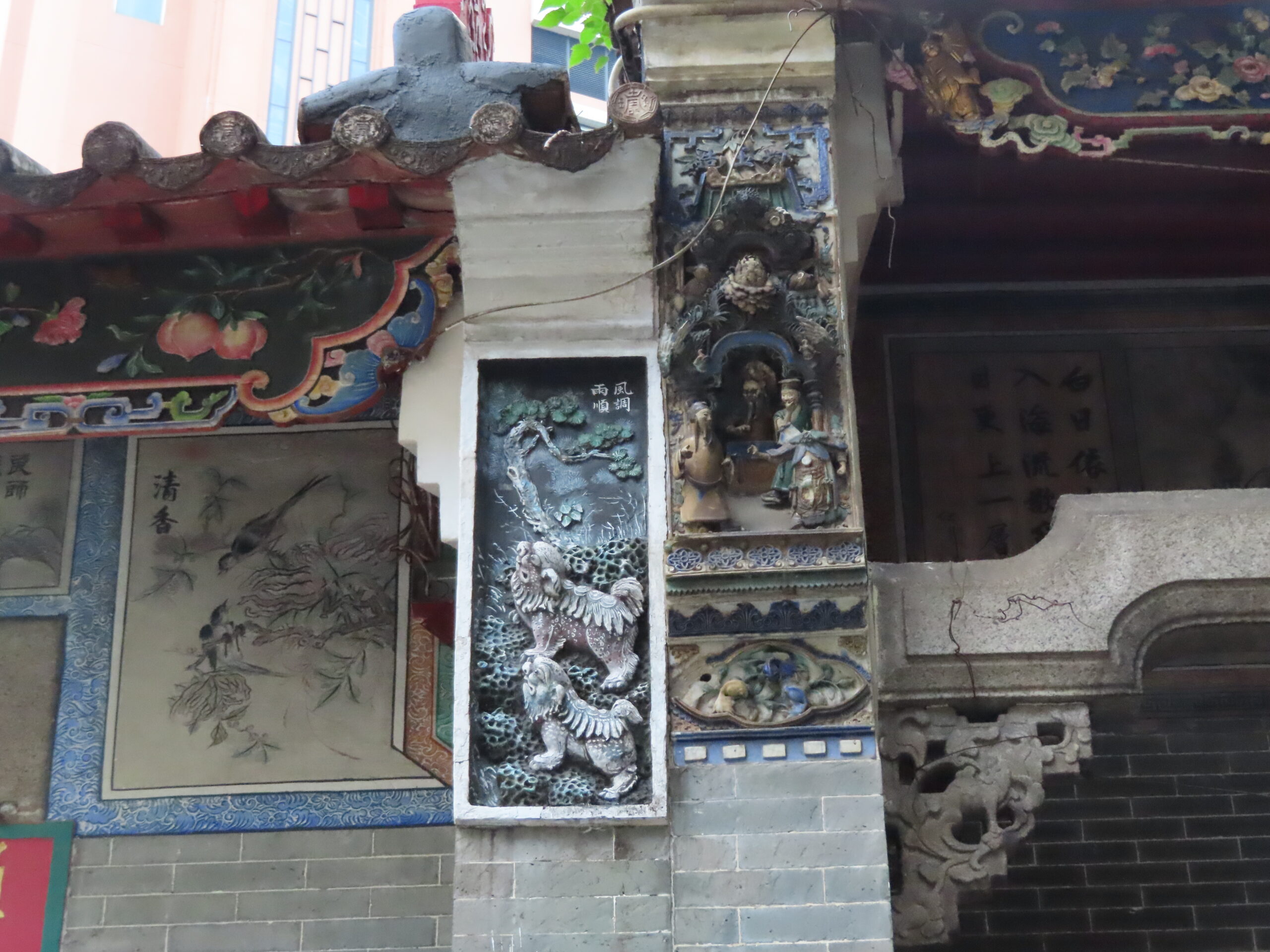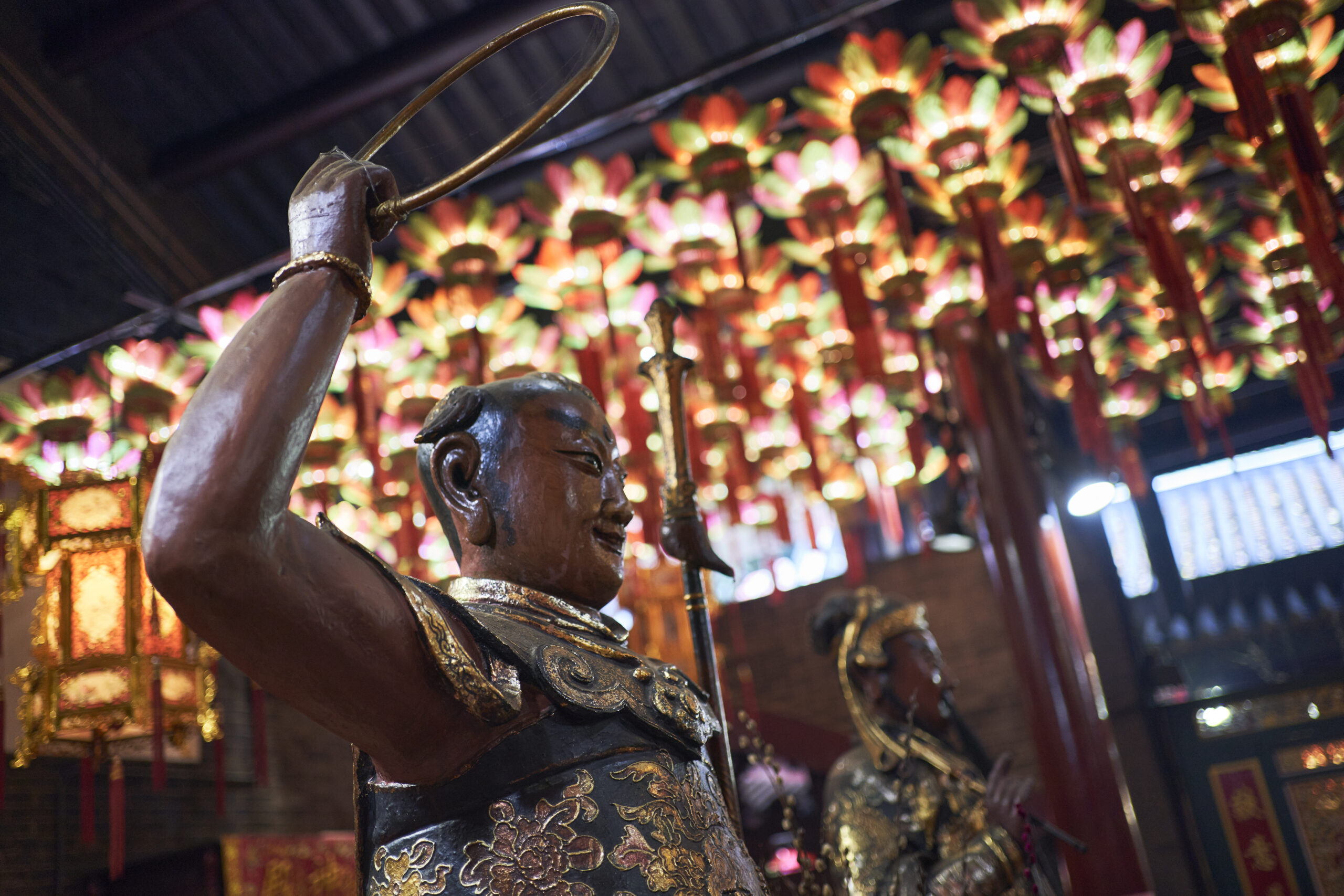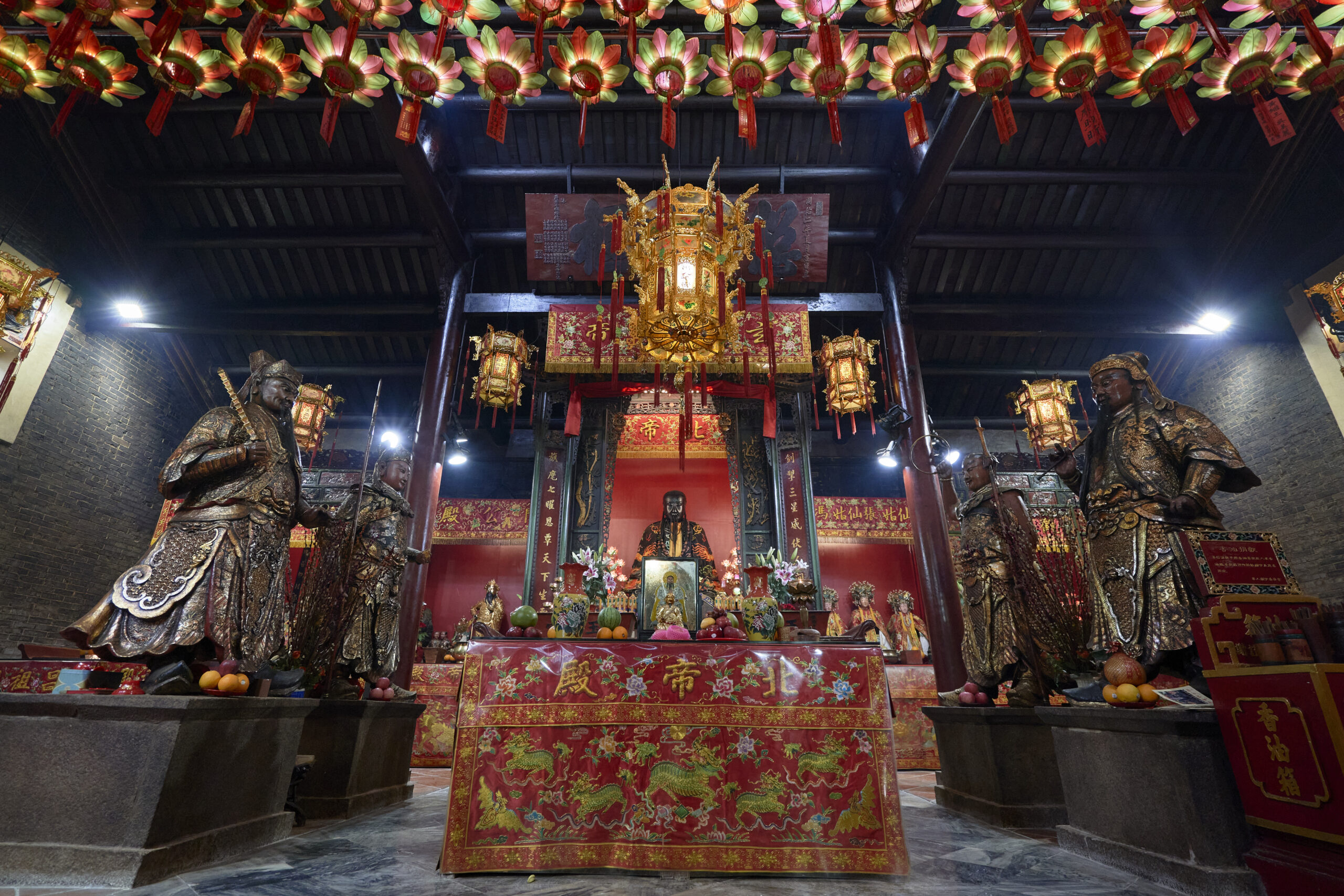Administered Temples
Yuk Hui Temple (Pak Tai Temple), Wan Chai

Address
Lung On Street, Wanchai, Hong Kong
Lung On Street, Wanchai, Hong Kong
Public Transport
- By MTR – Wan Chai Station A3 Exit – follow Tai Yuen Street, turn left at Queen’s Road East, cross the road at the pedestrian crossing near the junction of Wan Chai Road, continue onto Stone Nullah Lane, turn left onto Lung On Street
- By Tunnel Bus nos. 109 & 113 or Bus nos. 6, 6X, 10, 15, 61 & 66 – get off at Wu Chung House (westbound) or Wan Chai Market (eastbound)
- By Tram – get off at Southorn Centre, follow the same route as for MTR
Opening Hours
8:00am to 5:00pm daily
8:00am to 5:00pm daily
TEL No.
2573 2086
2573 2086
1. Octopus

Please use your mobile to scan this QR code to make donation via Octopus:

2. AlipayHK
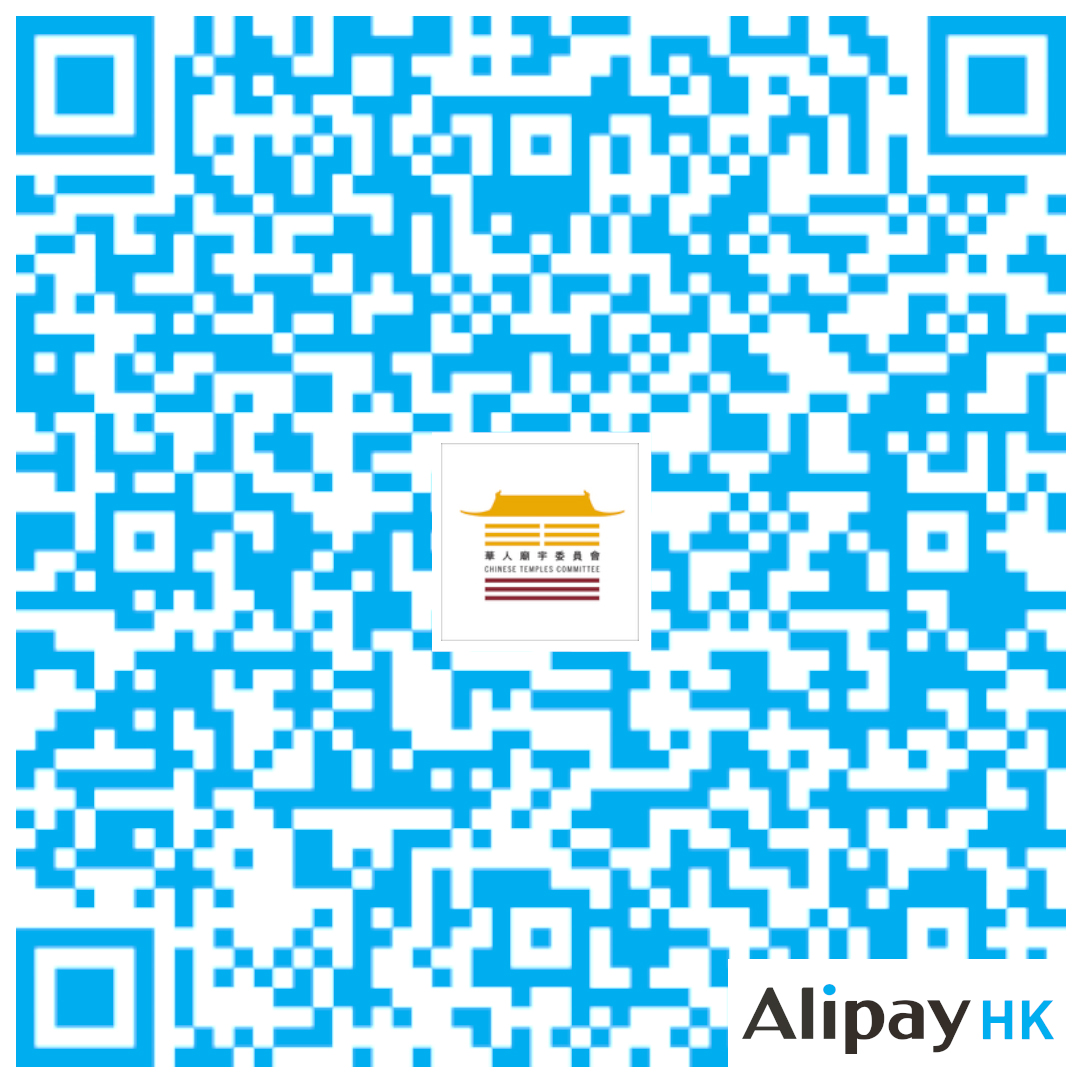
Please use your mobile to scan this QR code to make donation via AlipayHK:


